Learn this complexion theory of fashion to entirely change your game!

I only recommend products I love and I think you will, too. If you click on links I provide, I may receive a little compensation. Learn more.
If you truly wanna look your best every second, you need to know about complexion theory today!
Are you 100% sure of what you are wearing and “loving” currently is made for you? I am convinced that you don’t. Colors you might be loving on yourself may not be the perfect match for you. You know why? Because of your complexion! No, not the color of your skin, but… let’s see what this really is!
I don’t know why nobody talks or knows about this, I mean, how is everybody wearing anything and everything without even knowing what suits them? There are two MOST important things to consider while choosing what will look the best on you, these are – undertones and complexion theory!
While undertones can be warm, cool, and neutral, the complexion is always clear or soft.
Let’s get under the skin and see what this new thing is!
What is complexion theory?
First of all, there is a skin tone – the color of your skin. It can range from fair to medium to dark, including all types of color variations. This is what most of you take into consideration while buying clothes. Yes, some colors look good on fair skin tone while others look extraordinary on chocolate skin color, but that doesn’t limit you.
For instance, just because you are dark skin color, it’s not mandatory that yellow suits you like magic. You may pop out in navy blue more.
This is because there are undertones to the skin color as well.
Now, what are skin undertones?
Your skin undertone is the hue that comes through your skin when it’s at its healthiest state. It’s not the same as your skin tone, which can change based on things like sun exposure or whether you have a cold (which is why your nose might look red when you’re sick). Your skin undertone, on the other hand, is relatively consistent no matter what.
There are three different types of undertones: cool, warm, and neutral. Learn how to find your skin undertones here.
But then we also have complexion. I know it sounds so overwhelming right now, but once you get the drill, trust me, every single piece in your wardrobe will be an investment!
Now, what is the complexion theory?
Complexion theory is a branch of color theory that deals specifically with skin tones. In the world of beauty, there are two main types of complexions: clear and soft.
Now we have different kinds of skin colors and different types of hair colors. What colors will suit us will depend upon these two factors.
If you have light skin color and light hair color (talking about typical blondes), then you have a soft complexion. If you have dark hair and dark skin, you again have a soft complexion.
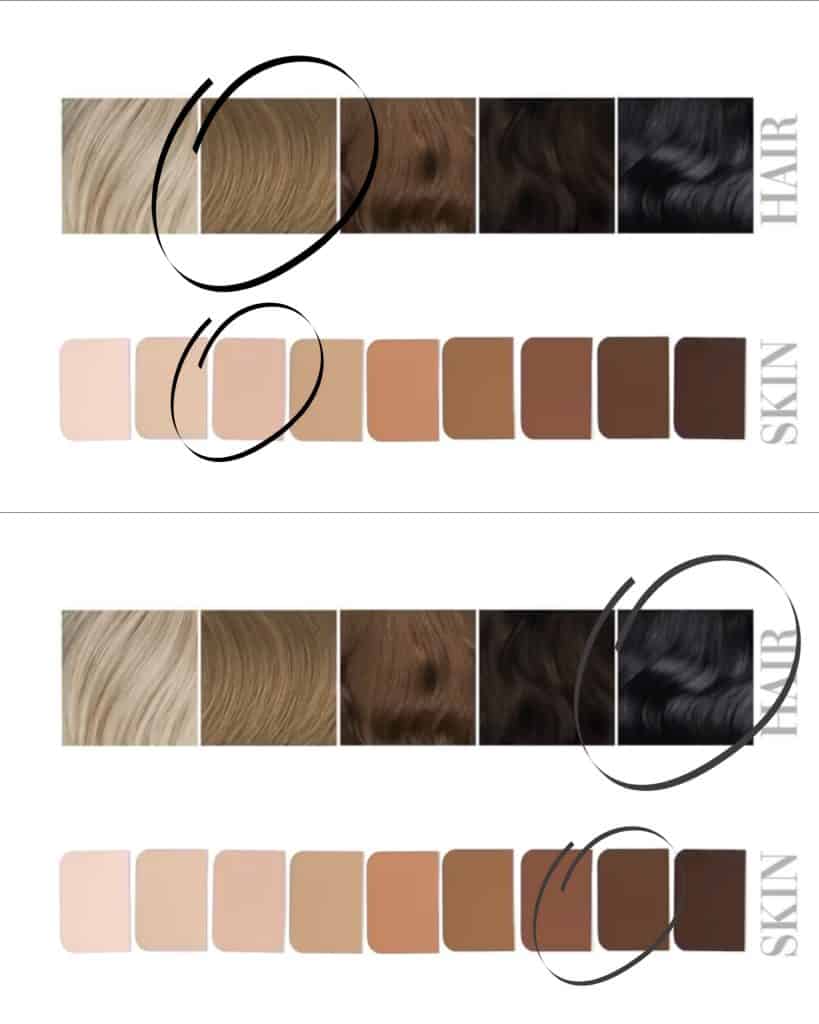
Dark skin + dark hair= soft complexion
But, if you are contrasting skin and hair colors, I mean, you have light skin but dark hair or dark skin and light hair color, you have a clear complexion.
Any time there’s a direct correlation between skin and hair, it means that you have a softer complexion, whereas if you have a clear contrast between your skin and hair color, that certainly means you have a clear complexion.
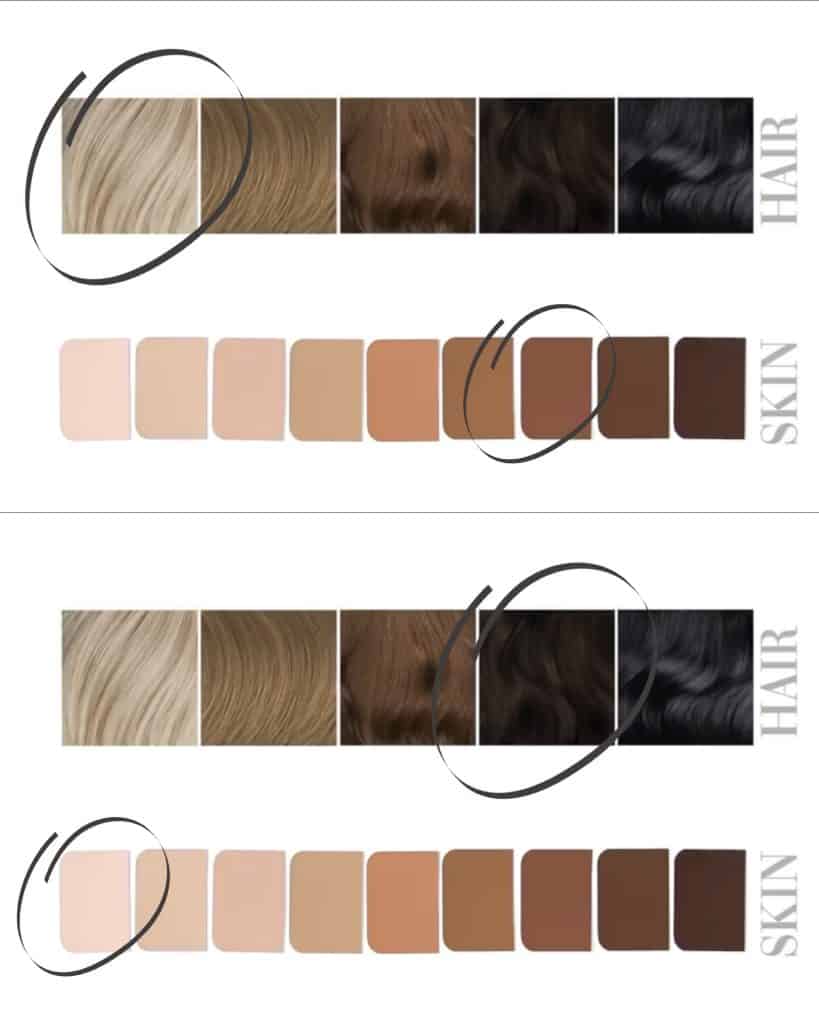
But, dark skin + light hair = clear complexion
Light skin + dark hair = clear complexion
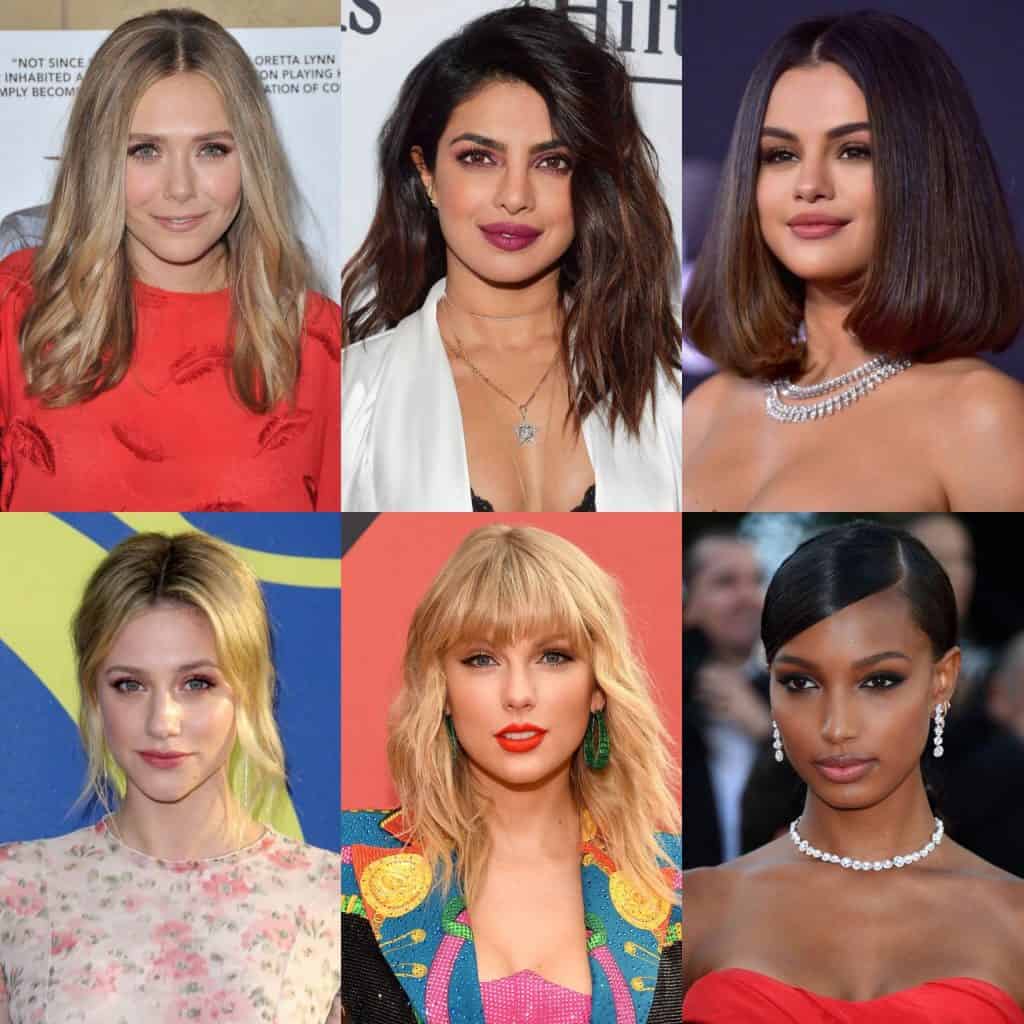
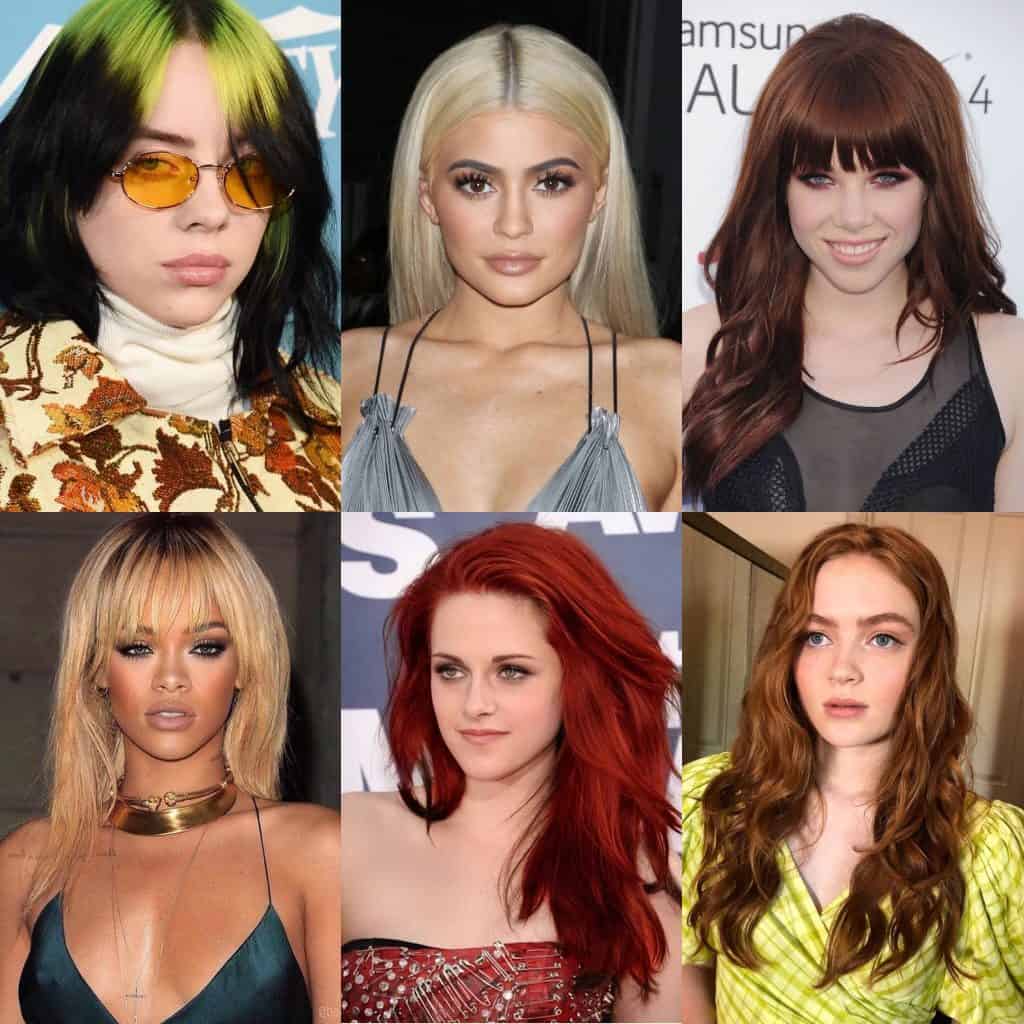
But the question is, even if you have got your complexion right, how does it really matter? Okay, the complexion of your face highly influences the colors which will suit you. For example, people with softer complexions will look more radiant in pastel or muted colors, whereas people who have clearer complexions will pop out more in brighter and bolder colors.
Isn’t it interesting?
Now onwards, when you’ll be going for shopping, you will have two different categories of clothes in your mind, and you’ll know what category is yours. This will make your shopping experience SO MUCH EASIER and faster!!
Anyhow, let’s look at a few examples of clear vs soft colors through these images below!
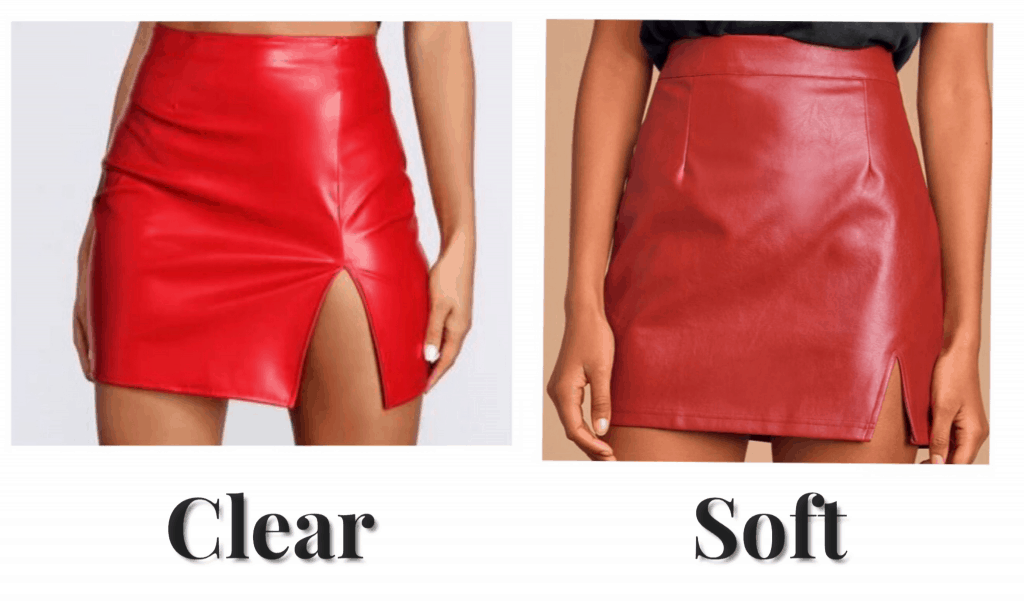
In the left one, the color of the skirt is really bright and popping, whereas the same color is in a very muted form on the right skirt. Therefore, the bright red would look better on a clear complexion person. And the muted red would look more beautiful on a person with a softer complexion.
The same is the case in these pairs of jeans, which look pretty similar in design, but the color varies.
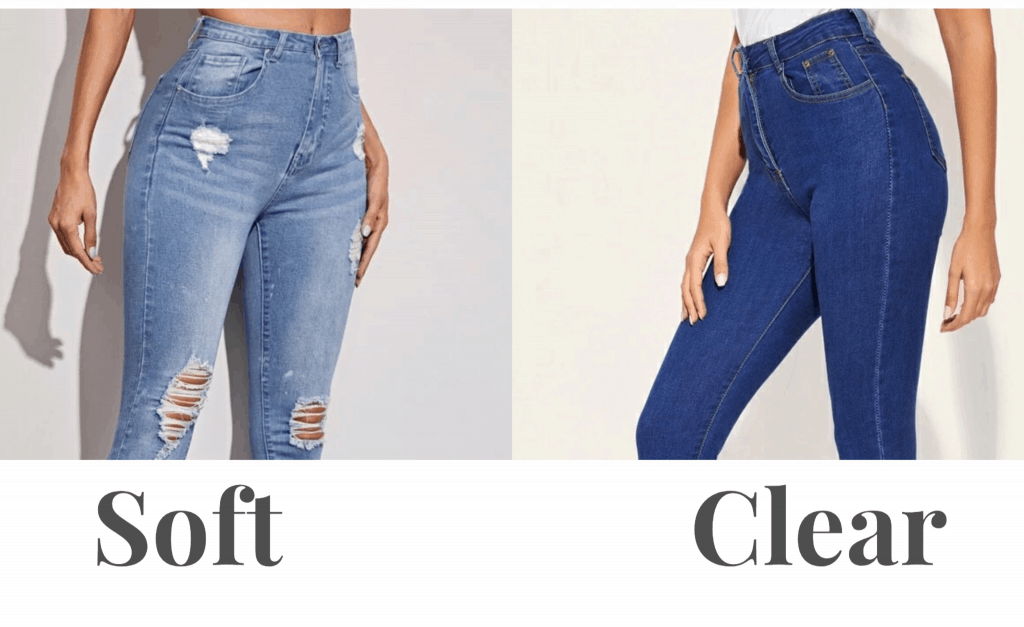
Isn’t all of this making much sense now? This complexion theory has made my world upside down, and I’m sure it’s gonna change your fashion game, wardrobe and knowledge completely.
Does that mean softer complexions cannot wear bold dark colors now or the way around?
NO! There’s nothing in fashion that limits you. After all, it’s about having fun with colors and styles. You just need to know how to style them! Look at this now.

These are the exact same colors. But the left one is clearer and more true whilst the right one is the same color in the more muted form. This is how you can wear the same color according to your complexion.
Simple right?
Final thoughts on complexion theory
There you have it! A quick rundown of the differences between clear and soft complexions and how using color theory along with complexion theory can help you dress & look better. Hopefully, this post has helped you to decide which type of complexion is right for you. This is the power of complexion theory!
As always, thanks for reading!
Related articles to complexion theory
- What To Wear If You Are Short And Chubby: 10 Easy Ways To Look Bomb
- How To Look Stylish: 15 Styling Tips That’ll Change Your Life!
- How to create your dream wardrobe where everything is made for you

